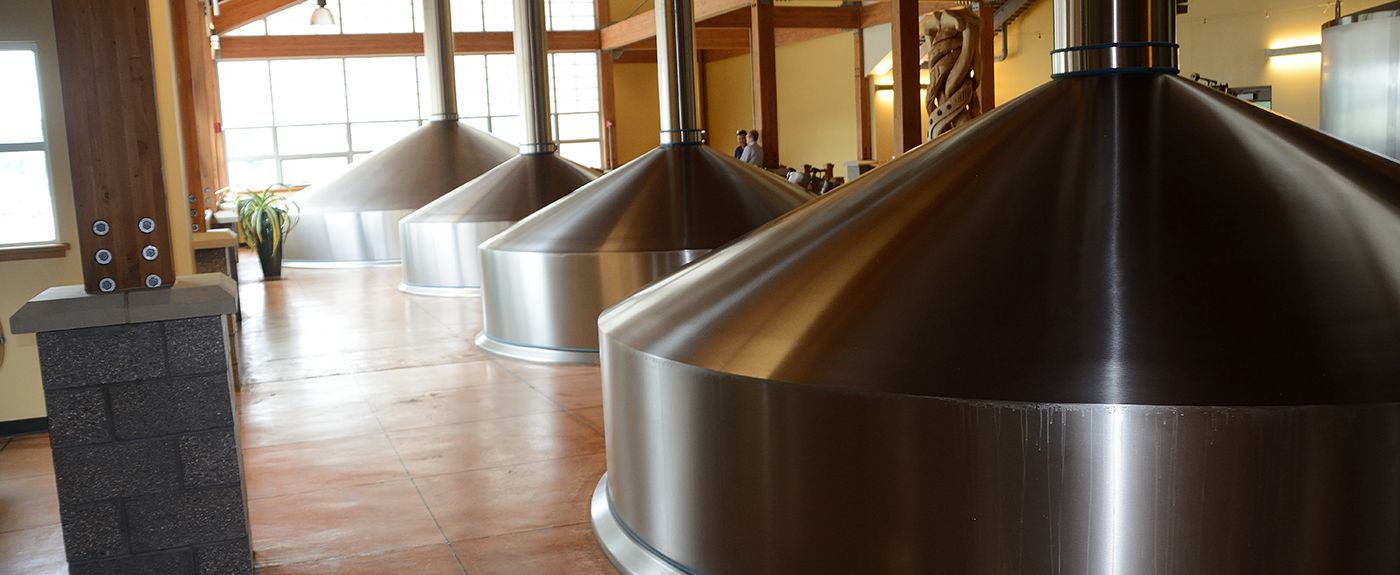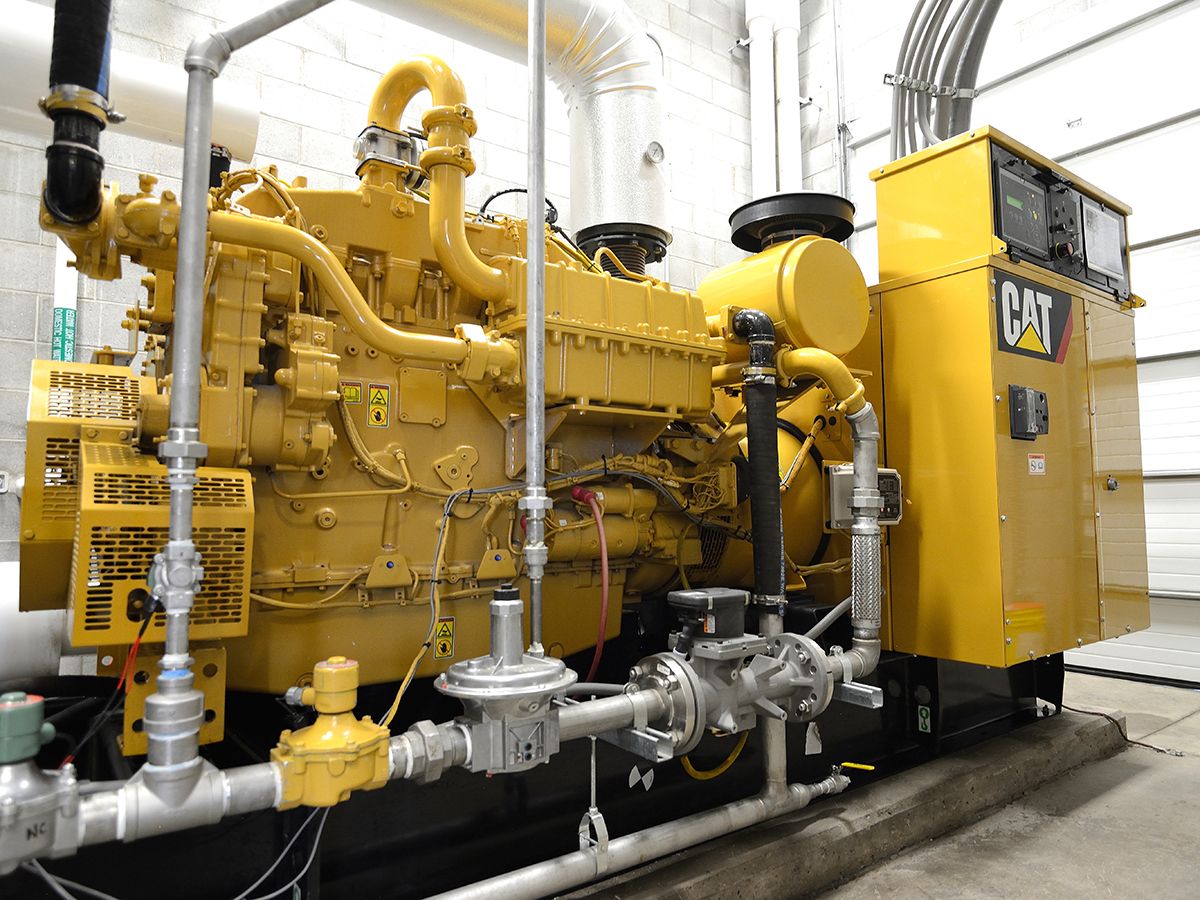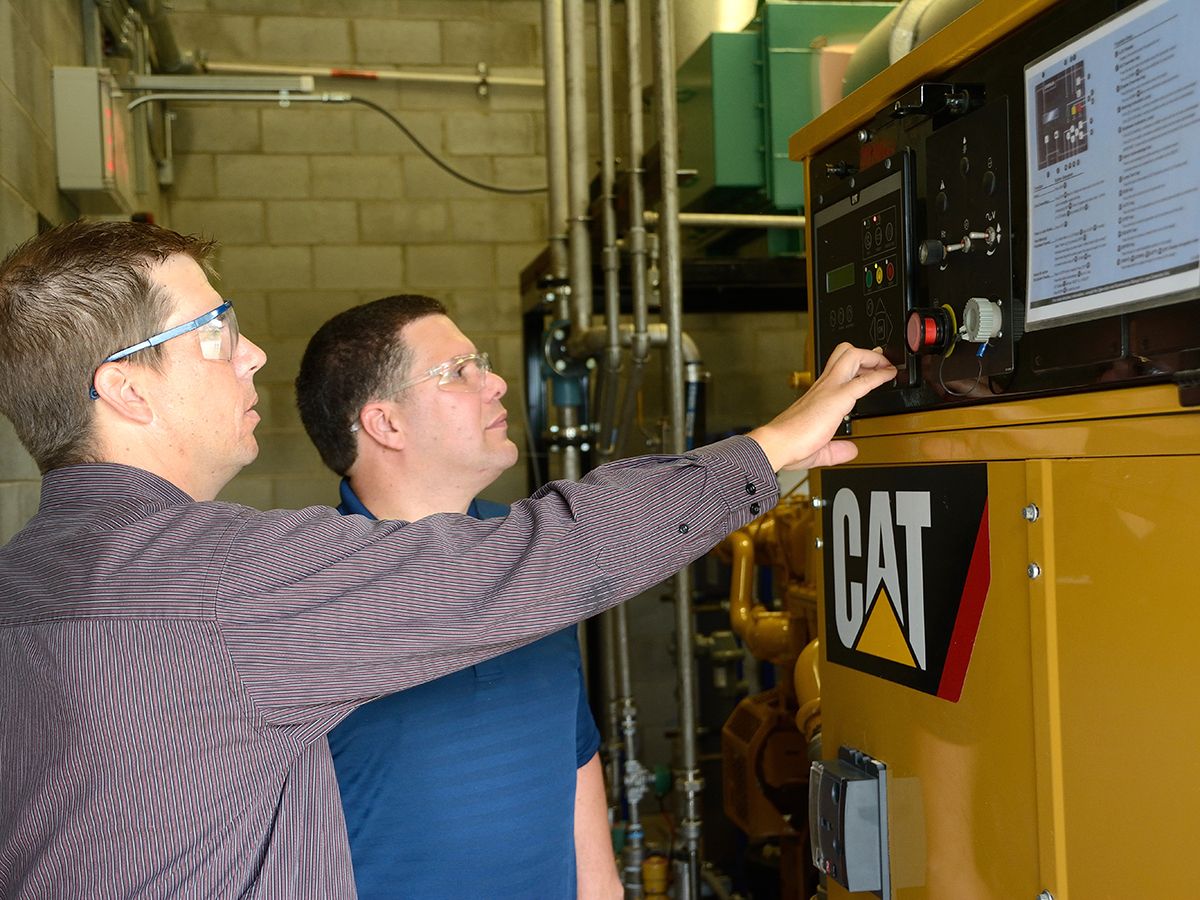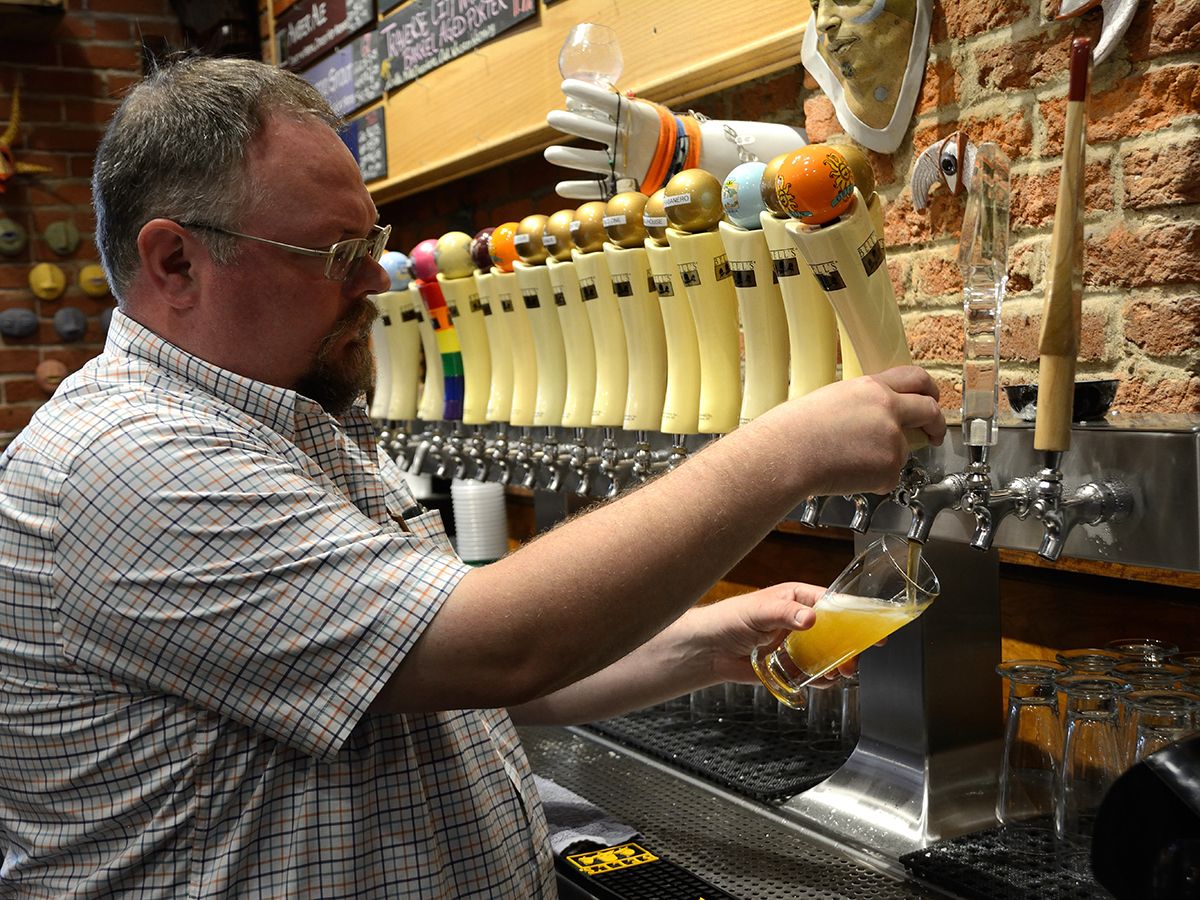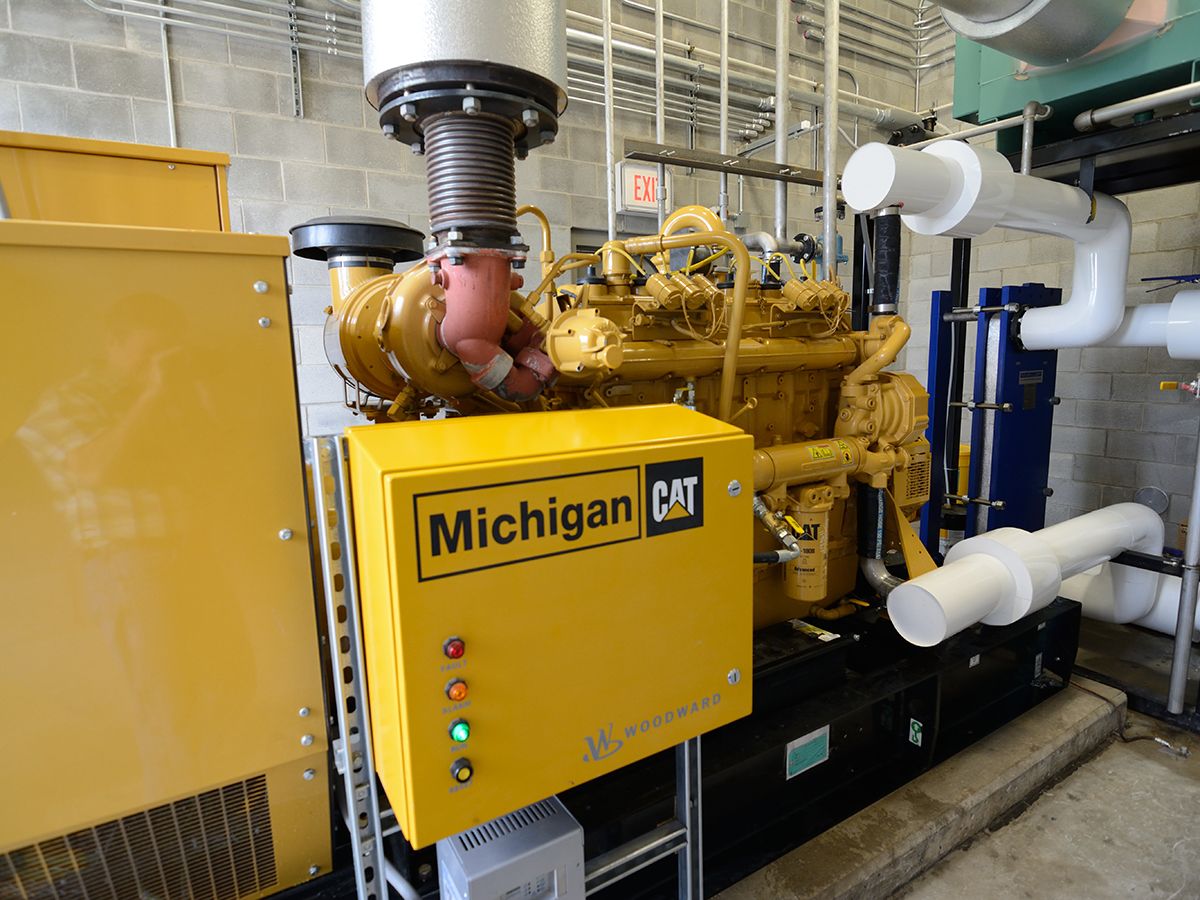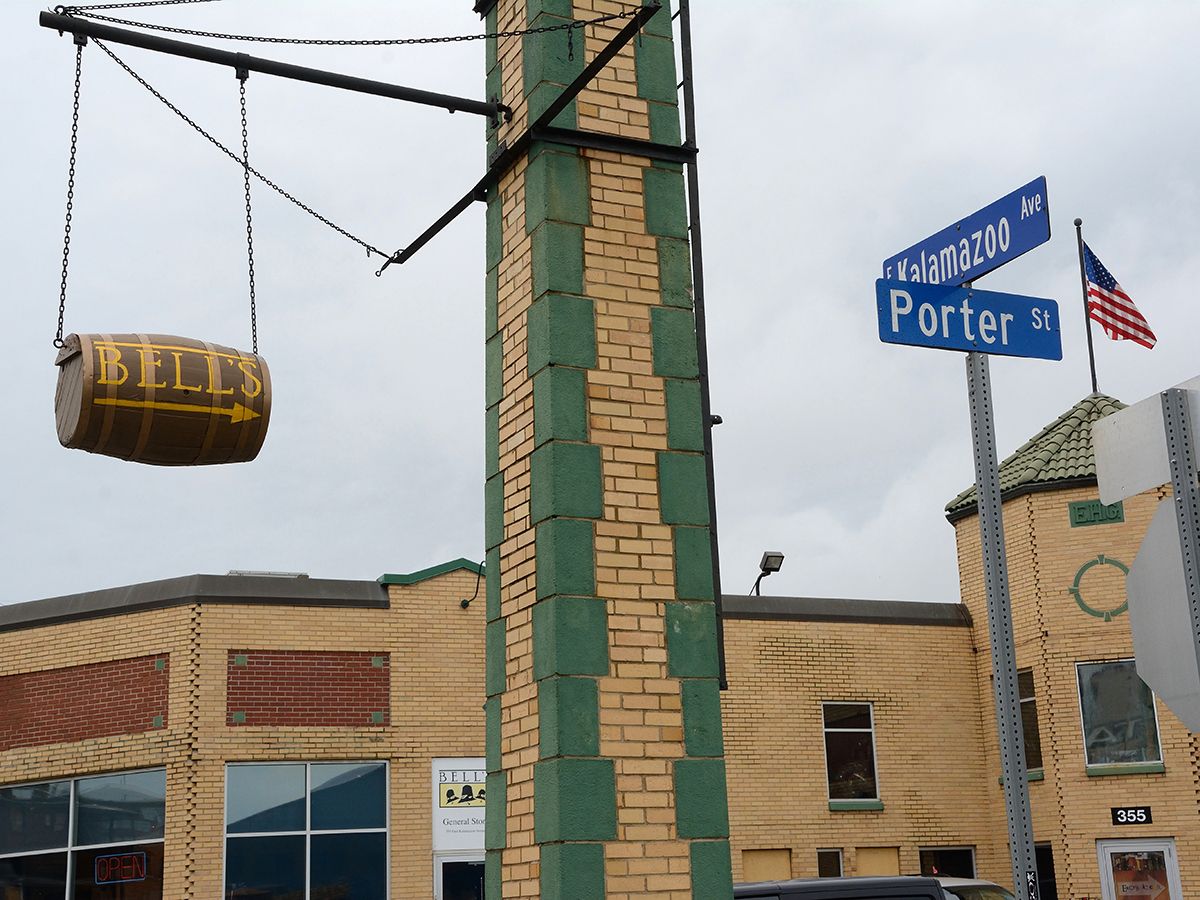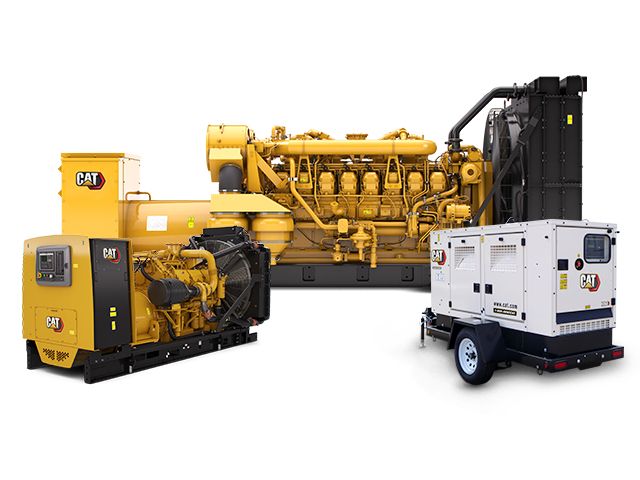POWER NEED
Michigan regional craft brewery Bell’s Brewery, Inc. was founded as a home brewing supply shop in 1983 by company president Larry Bell, who initially brewed his craft beer in a 15-gallon soup kettle. Bell’s sold its first commercial beer in Kalamazoo, Mich. in 1985.
After struggling in its early years to sell robust, full-bodied ales against mass-market domestic beer, Bell’s alertly noticed the demand for craft beer growing dramatically, and expanded into new markets. Today, Bell’s sells beer in 48 states in addition to Puerto Rico and Washington, D.C. Production has grown from 135 barrels (one barrel equals 31 gallons) in 1986 to over 450,000 barrels in 2020.
Bell’s opened a new production brewery in nearby Comstock, Michigan, about seven miles east of Kalamazoo in 2003. The facility has seen nine major additions and encompasses over 343,000 square feet of space on a 32-acre site. Beers are now brewed using a 50-barrel system and a newer 200-barrel system with a total annual capacity of more than 500,000 barrels. A 210,000 square-foot addition in 2015 gave Bell’s a total potential annual capacity of about one million barrels.
Altogether, Bell’s brews more than 20 beers for distribution—including Two Hearted Ale, Oberon Ale, and Hopslam—as well as many other small-batch beers that are served at its pub in Kalamazoo, the Eccentric Cafe. In 2014, its Two Hearted Ale was rated as the best India Pale Ale (IPA) by RateBeer.com, and awarded best beer in America by Zymurgy Magazine in 2017, 2018, 2019, and 2020.
SOLUTION
Officials at Bell’s Brewery view sustainability as the means for business to thrive through environmental stewardship, economic robustness, and social integrity.
“Sustainability is about more than caring for the Earth,” says Bell’s president and founder, Larry Bell. “If we are aware of how we impact our surroundings, we can act in ways that provide for economic, environmental, and social benefits.”
One of the byproducts of brewing beer is wastewater rich in biodegradable materials like unfermented sugar and malt husks. Bell’s had been examining alternatives for turning its wastewater byproduct into energy since 2010. Faced with costly new wastewater treatment charges in 2012, Bell’s developed a plan of action. The result was a new waste-to-energy facility adjacent to the brewery that launched in December 2014 to treat all wastewater derived from the brewing process.
The bioenergy facility includes three anaerobic digesters which convert the biodegradable contents of the wastewater into a methane-rich biogas. A Cat® G3406 generator set is powered by the methane in the biogas.
The combined heat and power (CHP) generator set produces about 150 kW of electricity, with 70 to 80 kW dedicated to powering the bioenergy facility’s water treatment process. The excess electricity is used to offset the power Bell’s purchases from the grid. Heat captured from the generator set is used to maintain the proper temperature in the digesters and heat the water used in cleaning vessels in the brewery. Utilizing the heat from the generator increases the energetic efficiency of electrical generation from 33 percent to between an 80 to 85 percent efficiency rate.
“The process is really about waste mitigation,” says Walker Modic, sustainability manager for Bell’s. “At the end of the day, we’re paying for products like malt and yeast, and we are not using 100 percent of their potential. That potential ends up going down the drain and there’s a lot of value left in that so-called wastewater.
“So, we have taken something that was being treated as a waste and converted it to savings and renewable energy. We’ve reduced the Brewery’s water treatment costs while generating electricity and heat—two inputs to our process that we were already purchasing prior to this project,” Modic says.
In order to make the project a reality, the Bell’s team was able to gain important background information by talking with brewery peers in New York state and California who had replicated the wastewater conversion process, and also with supplier Michigan Cat Power Systems and the engineering firm Newkirk Electric of Muskegon, Mich.
With much of the research and development work completed, 2013 was devoted to developing the scope of the project and doing the engineering, with 2014 dedicated to construction and the December startup.
“We jumped with both feet into a treatment technique with which we had very little familiarity,” Modic says, “and knew we were going to be generating a combustive gas and really had no experience in the treatment or conversion of said gas into renewable energy.
“Experience is hard to come by. But in this case, we were able to extract it from colleagues and partners who learned it the hard way. That’s always preferable to experiencing those challenges and hardships firsthand.
“And given Caterpillar’s long history, we felt comfortable that their CHP engine would work consistently and with minimal intervention required by the team here at Bell’s.”
RESULTS
The Cat genset will run for up to 20 hours a day, then auto mode shuts it down when there is not enough stored methane to keep it running, says Brad Leversee, a sustainability technician for Bell’s.
“We’ve been in full operation since the beginning of the year, and the Cat generator set has been incredibly reliable,” Leversee said in 2015. “Any issues we have had are associated with the quality of the biogas, which is really a measure of methane concentration, and we are learning how to assess what the quality looks like, depending on the activity in the digesters.”
Thanks to an automated control system that is a hybrid design by Newkirk Electric and Michigan Cat Power Systems, there have been plenty of instances when having the ability to remotely clear an alarm or restart a compressor has enabled Bell’s staff to continue operations as seamlessly as possible and prevent an extra trip to the brewery in the middle of the night, Modic says.
“The control system enables us to troubleshoot most minor instances remotely,” Modic says. “So we didn’t have to live in that building during the entire commissioning process.”
Michigan Cat Power Systems and Newkirk Electric’s Theka Engineering division have teamed up on a number of prime power, gas-fueled projects in Michigan and Indiana. The result is a highly effective pairing of equipment and expertise that provides turnkey projects.
Modic is satisfied that Bell’s made the right choice in who they chose to partner with for equipment and engineering help.
“Michigan Cat has been great,” he says. “One of the biggest challenges is commissioning, and anyone who has started up a new system knows that something will likely go wrong.
“Having Michigan Cat readily available in our backyard, just a phone call away to provide insight, assistance, and mechanical help has been invaluable,” Modic says. “They have answered and responded promptly every time we’ve called.”
Download the Power Profile


